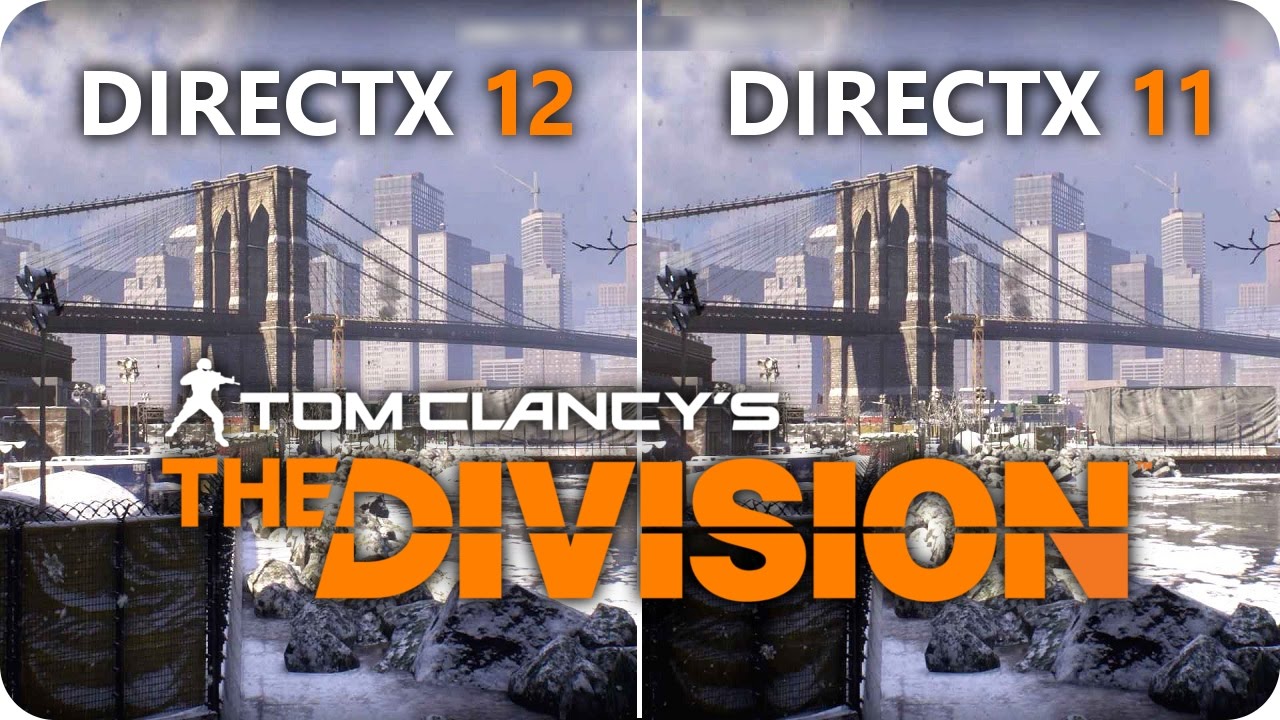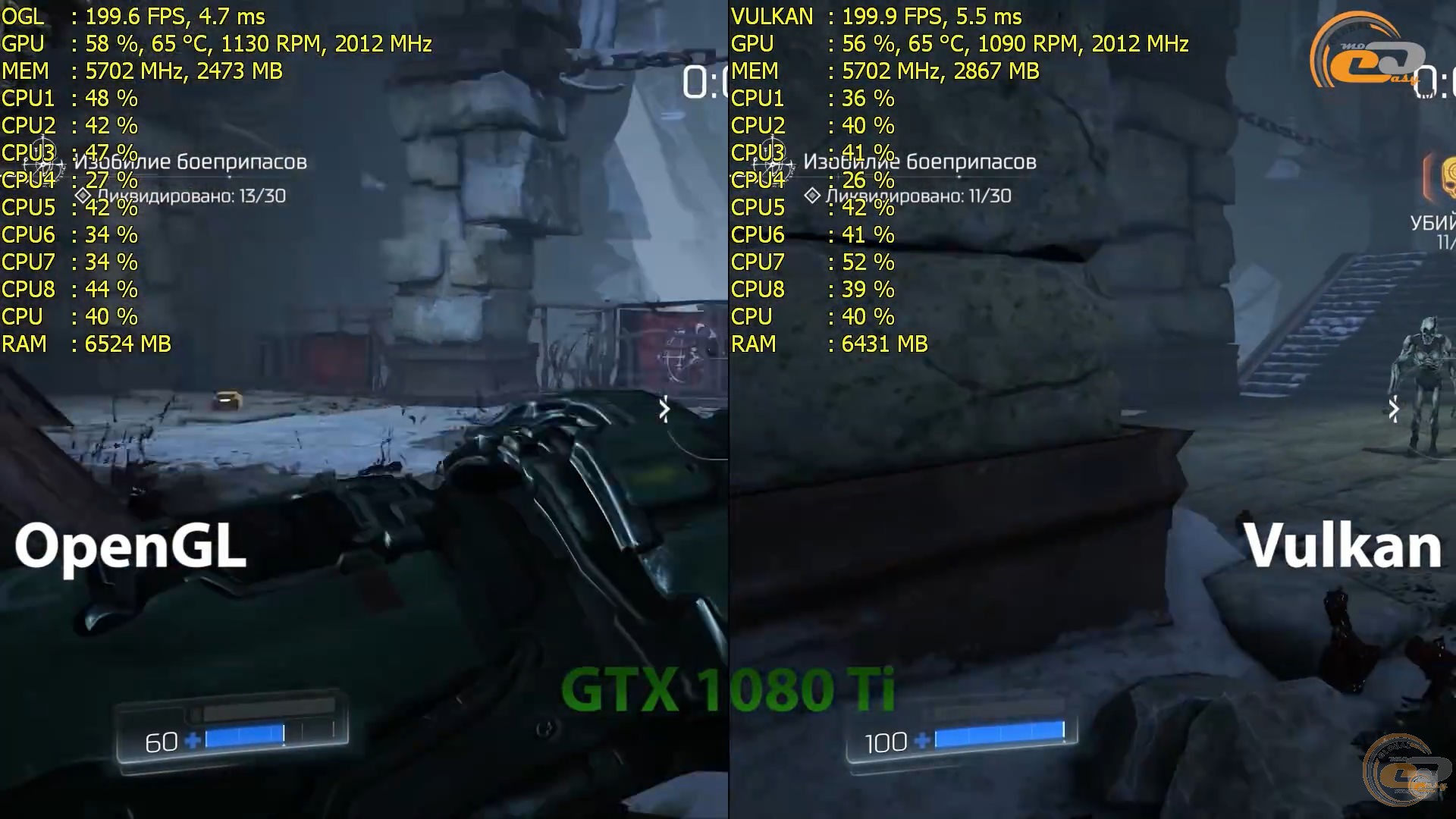
When the geometry from a scene is sent to the GPU for rendering, the resources and hardware required can vary depending on the rasterizer state, blend state, depth stencil state, culling, etc.Įach of the objects in DirectX 11 needs to be defined individually (at runtime) and the next state can’t be executed until the previous one has been finalized as they require different hardware units (shaders vs ROPs, TMUs, etc).

These states are often interdependent on one another and the next successive one can’t progress unless the previous stage is defined. In DirectX 11, the objects in the GPU pipeline exist across a wide range of states such as Vertex Shader, Hull Shader, Geometry shader, etc. This allows the use of multiple threads for different draw calls. These draw calls contain the required data and associated pointers within and are independent of other calls and their states. Instead of a single global state (context), each draw call from the application has its own smaller state (see PSOs below for more). With DirectX 12, the draw calls are more flexible. Furthermore, modifying the global state via state calls is a relatively slower process, further complicating the entire process. Since there’s a single global state/context (and a single main thread on which it’s run), it makes it difficult to multi-thread as multiple draw calls simultaneously can cause errors. The games you run on your PC modify this state via draw calls to the API, after which it’s submitted to the GPU for execution. With DirectX 9 and 11, there’s a global state (or context). Like every application, graphics APIs like DirectX also feature a primary thread that keeps track of the internal API state (resources, their allocation, and availability). How DirectX 12 Improves Performance by Optimizing Hardware UtilizationĪgain, there are a few main API advances that facilitate this gain: Per-Call API Context Luckily, third-party engines like Unreal, CryEngine, and Unity do this for them and they only have to focus on designing. Not all graphics cards support DirectX 12 Ultimate, so availability is dependent on your hardware.This is a double-edged sword as there are multiple GPU architectures out in the wild and for indie devs, it’s impossible to optimize their game for all of them. It is designed to be a unified API library across Windows and Xbox consoles and introduced several new features, including DirectX Raytracing and Mesh Shading. What Is DirectX 12 Ultimate?ĭirectX 12 Ultimate is the latest version of DirectX 12, released in 2020. You are unlikely to see a magical doubling of the FPS, but an increase of 20-25% over DX 11 is not uncommon. Does DirectX 12 Increase Frame Rates?Īs long as DirectX 12 has been implemented correctly by the game developer, using it should result in a higher frame rate.
#Directx 11 or 12 update
You can also update DirectX when new versions become available.
#Directx 11 or 12 install
If a game requires a particular version of DirectX 12 to run, you will be prompted to install it when installing the game. No, you normally won’t need to install DirectX 12 manually as it comes with Windows. You can check by opening the Run dialog and typing “dxdiag” to open the DirectX Diagnostic Tool.

It is included with both operating systems.
#Directx 11 or 12 windows 10
If you’re using Windows 10 or 11, you should have DirectX 12 on your computer.


 0 kommentar(er)
0 kommentar(er)
